Rail car maintenance facilities are a $7 billion a year industry, yet are susceptible to declining markets and slow economic growth. In order to stay competitive, they must rely on streamlined processes and quick turnaround times. This leaves no room for process bottlenecks. LPI worked with a leading national rail company to eliminate a bottleneck in the painting area. LPI’s 3-Axis paint booth lift with additional options saved the company time, increased productivity and gave workers increased safety on the job.
LPI worked with the Corporate Operations Team which oversees multiple railcar maintenance services/facilities across the U.S. and Mexico. Their facilities provide maintenance services which include servicing, repairing, rebuilding, and refinishing of all types of railcars and rail-related products.
Rail car maintenance facilities are a $7 billion a year industry, yet are susceptible to declining markets and slow economic growth. In order to stay competitive, they must rely on streamlined processes and quick turnaround times. This leaves no room for process bottlenecks. LPI worked with a leading national rail company to eliminate a bottleneck in the painting area. LPI’s 3-Axis paint booth lift with additional options saved the company time, increased productivity and gave workers increased safety on the job.
LPI worked with the Corporate Operations Team which oversees multiple railcar maintenance services/facilities across the U.S. and Mexico. Their facilities provide maintenance services which include servicing, repairing, rebuilding, and refinishing of all types of railcars and rail-related products.
The customer noticed that process bottlenecks were occurring at the paint booth area due to the varying types of cars and increased work loads being processed. When the railcars were ready for paint they were staged and moved into position for the next step in the process. Once in that area they needed to be masked, prepped, and painted. In the paint booth area workers were using portable ladders, catwalks, and other means to provide vertical access to the rail cars which was a major contributing factor to the bottleneck.
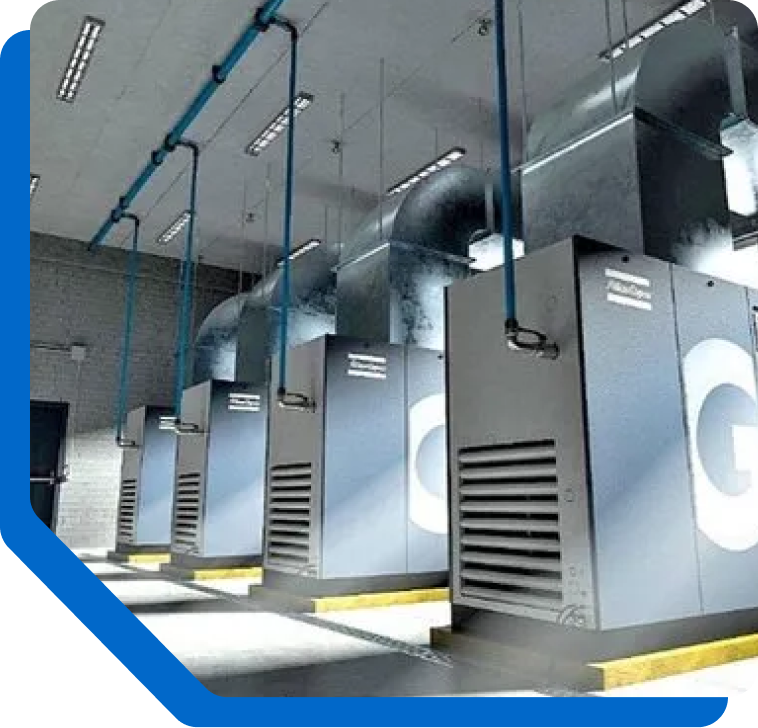
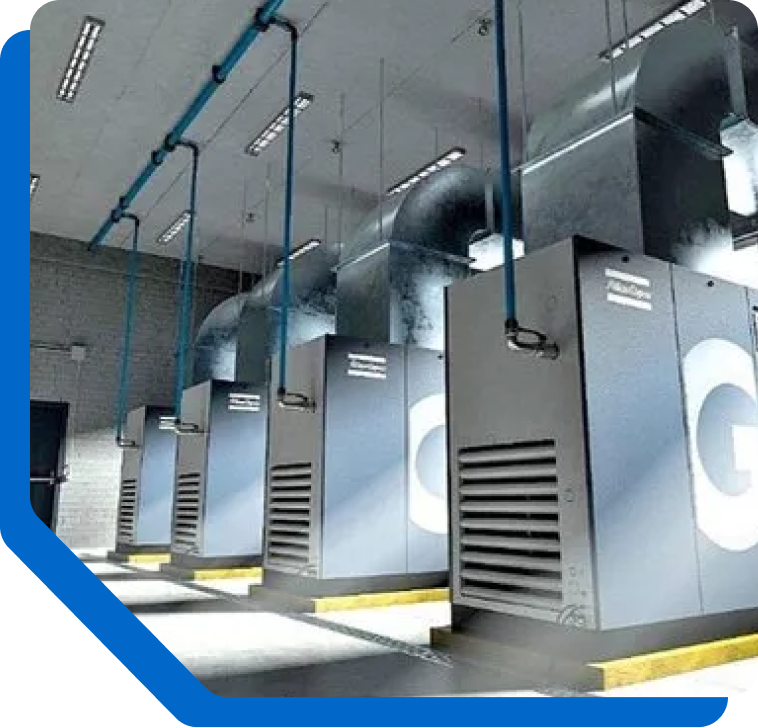
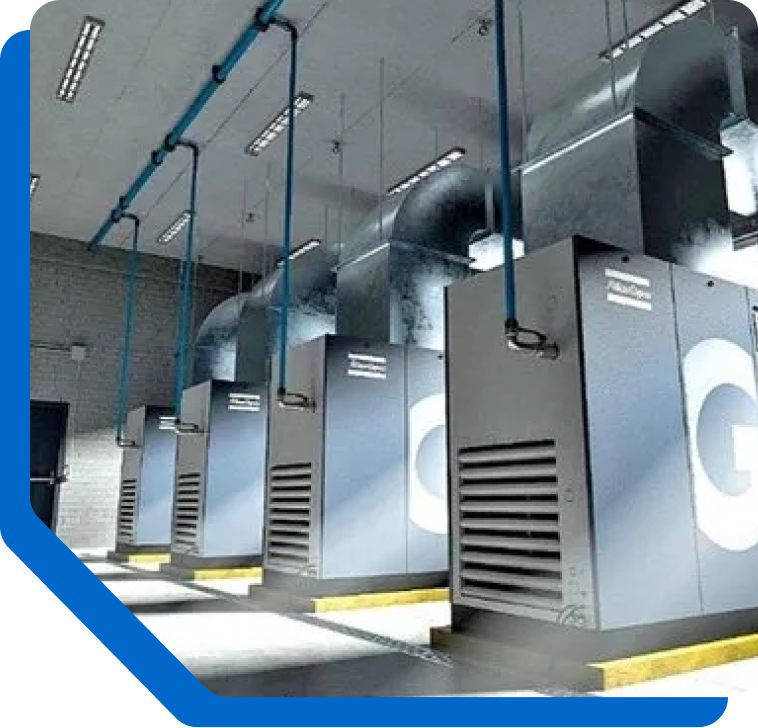
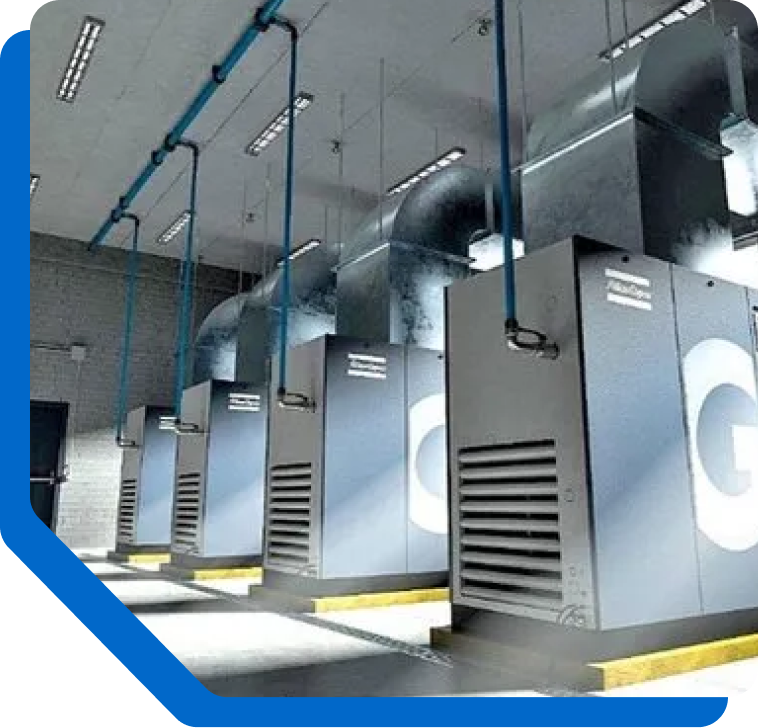
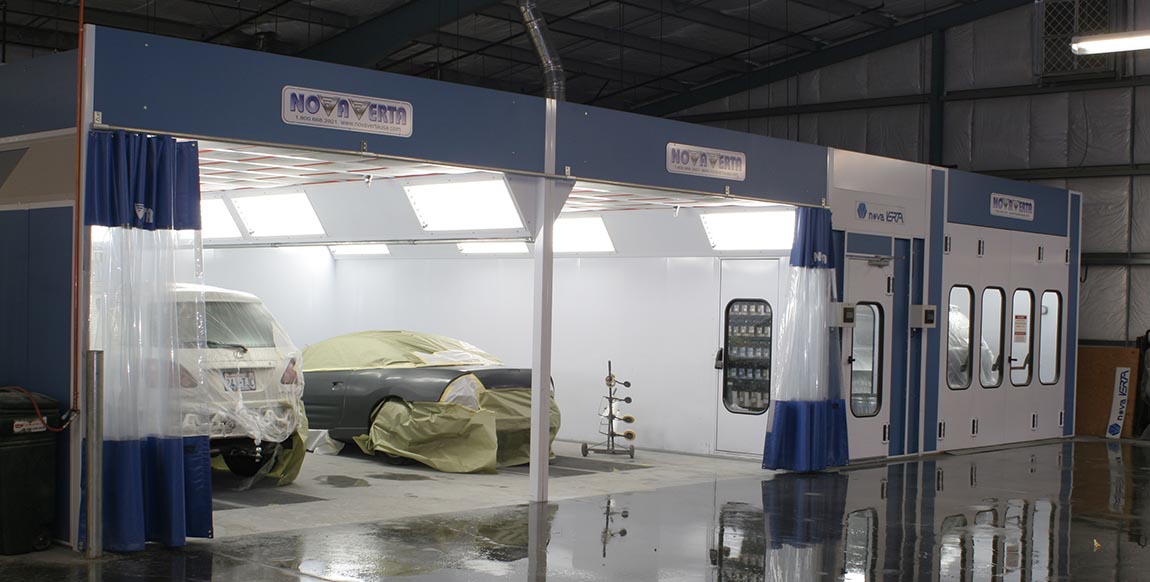
This system of processing railcars also presented safety concerns. The use of ladders required constant repositioning and stepping up and down to access higher parts of the railcar. Productivity was reduced because much time was spent repositioning ladders and not painting. Moving ladders required the worker to set down the spray gun which caused the workers to lose momentum. In addition, ladders only offered limited access but introduced numerous potential safety hazards such as stair climbing, working at heights and maneuvering in and around hoses on the booth floor.
In circumstances where catwalks were used, productivity was low because catwalks spanned the entire length of the railcar and forced workers to work at similar speeds and areas. Catwalks introduced additional challenges when the railcars were different heights or lengths than standard railcars.
Finally, with the high volume of painting that was required on the railcars, accumulating overspray was making walking and stepping surfaces slippery. The more time workers spend repositioning themselves or ladders directly increases the risk of slipping.
This system of processing railcars also presented safety concerns. The use of ladders required constant repositioning and stepping up and down to access higher parts of the railcar. Productivity was reduced because much time was spent repositioning ladders and not painting. Moving ladders required the worker to set down the spray gun which caused the workers to lose momentum. In addition, ladders only offered limited access but introduced numerous potential safety hazards such as stair climbing, working at heights and maneuvering in and around hoses on the booth floor.
In circumstances where catwalks were used, productivity was low because catwalks spanned the entire length of the railcar and forced workers to work at similar speeds and areas. Catwalks introduced additional challenges when the railcars were different heights or lengths than standard railcars.
Finally, with the high volume of painting that was required on the railcars, accumulating overspray was making walking and stepping surfaces slippery. The more time workers spend repositioning themselves or ladders directly increases the risk of slipping.
LPI took the time to listen to the customer’s needs and considered all aspects of the application process to come up with the most cost effective solution. A major factor in determining the best equipment fit for the process was the booth type and the exhaust air flow direction. It was important to consider this as the volume and direction of the overspray directly affected the type of lift system and safety features the customer needed.
LPI started with the standard 3-Axis Paint Booth Lift (LP2) that is designed for paint booth applications and includes features that are designed to withstand the harsh environments of paint booths. Some of the features included:
All of these features were specific to the high volume of paint overspray present and ensure proper operation through years of service.
In addition to some of the standard solutions that were implemented, there were several other solutions designed into this client’s lift system.
Multiple safety features built into the lift resulted in a more efficient painting process with less concerns for strain injuries or tripping hazards.

With the elimination of ladders and catwalks, the operator no longer had to move any equipment around or stop during the painting process to adjust a ladder or wait for another person before repositioning. The result of incorporating the 3-Axis Paint Booth Lift system was much more productive and streamlined the process with fewer safety hazards.

© Copyright 2024 – Paint Booth | Terms & Conditions | Managed by Inersche